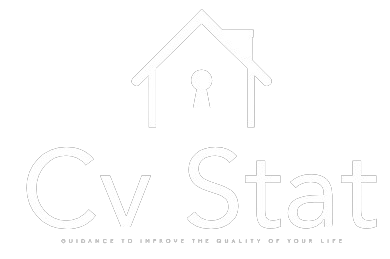PPL Electric Utilities serves 1.4 million customers across the state of Pennsylvania. In addition to providing electricity delivery services, PPL also offers a variety of rebates and energy efficiency programs to help consumers save money on their bills. As a steward in the community, they spend over $70 million each year on programs to help low-income families pay their electric bills.
PPL’s default rate, also known as the Price to Compare (PTC), is updated twice a year based upon competitive auctions. The PA PUC oversees these auctions and ensures that retail energy suppliers are offering competitive rates to consumers. While the PTC is the default rate, Pennsylvania electricity customers can shop for alternative supply plans to get the best rates.
As a result of higher wholesale costs, pp&l is increasing its generation prices effective June 1 for residential and commercial customers. The new rate will be 10.59 cents per kilowatt hour for residential customers and 12.54 cents per kilowatt hour on commercial accounts. This represents an increase of more than 38% for residential and more than 21% for commercial customers. The rate change will impact roughly 75% of PPL’s residential and commercial customer base.
These increased prices are the result of factors that are outside of PPL’s control including higher wholesale fuel costs, weather conditions, and global economic events. Regardless of these factors, PPL’s pricing structure is designed to provide competitive market rates for its customers.
In 1997, the Electricity Generation Choice and Competition Act made it possible for Pennsylvania electricity customers to choose their own retail energy supplier. This option, known as Energy Choice, allows customers to realize potential savings on their electricity supply charges by switching from the PPL default rate to a competing supplier’s plan.
The first step is to compare PPL electric rates with other providers. This can be done by visiting a free online comparison website such as Arbor. The site will show you available plans and rates in your area, including the terms, fees, and any escalation rates that may be associated with those plans. After comparing rates, you can easily choose the plan that is right for you.
Once you have chosen a plan, your new provider will handle the rest. The switch is typically completed within one to two billing cycles. PPL continues to bill, and your new supplier will include its charges on your monthly statement.
Many PPL customers enjoy the convenience of a single bill that includes their utility distribution and energy supply charges. These charges are reflected on your statement under the heading “PPL Electric Utilities Generation and Transmission Charges.” Your supply charges can be found on page three of your PPL bill under the heading “Energy Choice Supply Details”. This section will display your current supply rate, any energy efficiency programs you participate in, any other energy saving incentives, and the amount due for the current period. In addition, the PPL PTC will be displayed. PPL holds auctions every June and December to purchase electricity at the lowest priced source. This results in a changing PTC rate over time; it is low some months and high during others.













